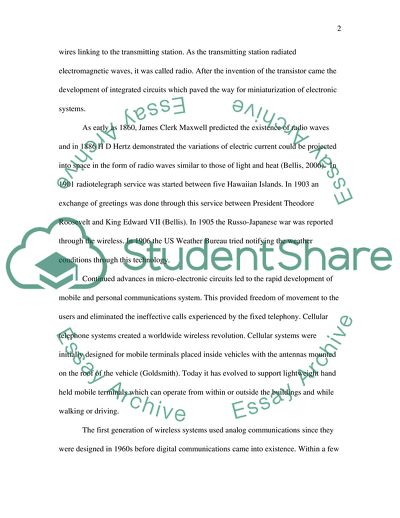Cite this document
(Wireless Communication Case Study Example | Topics and Well Written Essays - 2000 words, n.d.)
Wireless Communication Case Study Example | Topics and Well Written Essays - 2000 words. Retrieved from https://studentshare.org/information-technology/1709507-history-of-wireless-communications-with-emphasis-on-gsm-technology-vs-cdma-technology
Wireless Communication Case Study Example | Topics and Well Written Essays - 2000 words. Retrieved from https://studentshare.org/information-technology/1709507-history-of-wireless-communications-with-emphasis-on-gsm-technology-vs-cdma-technology
(Wireless Communication Case Study Example | Topics and Well Written Essays - 2000 Words)
Wireless Communication Case Study Example | Topics and Well Written Essays - 2000 Words. https://studentshare.org/information-technology/1709507-history-of-wireless-communications-with-emphasis-on-gsm-technology-vs-cdma-technology.
Wireless Communication Case Study Example | Topics and Well Written Essays - 2000 Words. https://studentshare.org/information-technology/1709507-history-of-wireless-communications-with-emphasis-on-gsm-technology-vs-cdma-technology.
“Wireless Communication Case Study Example | Topics and Well Written Essays - 2000 Words”. https://studentshare.org/information-technology/1709507-history-of-wireless-communications-with-emphasis-on-gsm-technology-vs-cdma-technology.


